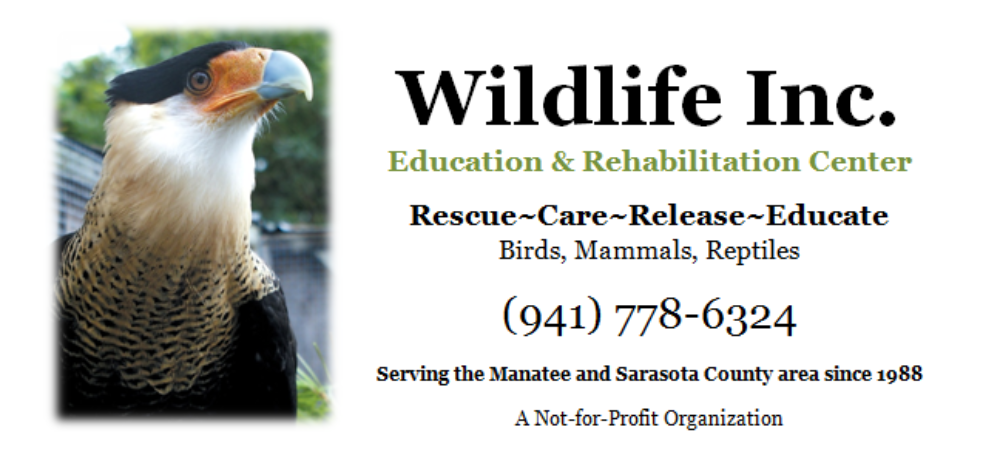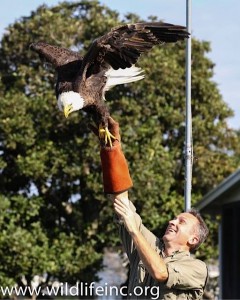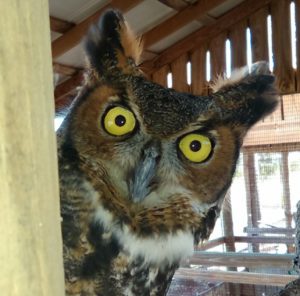By David Sadkin, Ph.D.
Volunteer Director of Education Services
Wildlife, Inc.
The whole issue of the impact of feral and free-ranging cats, and the efficacy of Trap, Neuter, and Release (TNR) programs has tended to muzzle discussion, as the emotional issues often outweigh rational debate. Moreover, people and organizations directly “in the line of fire” have hesitated to address the issue head-on for fear of antagonizing potential supporters and donors.
However, the New York Times in its Sunday, March 23 edition, in its “Review” section, broached the subject with a major article entitled “The Evil of the Outdoor Cat” by Richard Conniff, an author who writes about wildlife issues for Smithsonian, National Geographic and other similar publications.
While the article is copyrighted, the findings cited in the argument for the demise of TNR programs come from public sources and may be discussed here.
The impact of free ranging and feral cats cannot be disputed. The National Audubon Society tracks 20 common North American species through its annual bird census . They have discovered that species such as eastern meadowlarks, field sparrows, etc, have declined by 68 % on average since 1967. In Britain, farmland bird populations have dropped radically, with turtle doves down by 85%, cuckoos by 50% and lapwings by 41% since 1995.
During this period, efficient agricultural practices have reduced millions of acres of habitat. Add to that the rampant development of cities, suburbs and exurbs, and the available land for contiguous wildlife habitat diminishes radically. In the U.S., the Forest Service predicts that in four Northeastern states, more than 60% of the total land area will be urban by midcentury, up from 35% in 2000.
As a result, wildlife exists in the margins, parks, scraps of so-called “preserves,” which both inhibits healthy breeding, and provides concentrations that serve as easy pickings for predators. Chief among these are 84 million owned cats, and anywhere from 30 to 80 million feral or stray cats. Federal researchers estimate that, in the lower 48 states, these cats kill about 2.4 billion birds annually. Outdoor cats also kill about 12.3 billion small mammals a year—rats and mice, of course, but also chipmunks, rabbits and squirrels, and 650 million reptiles and amphibians.
If these statistics don’t move people to action, consider these facts. TNR programs do not effectively reduce feral cat colonies. We know that many react in horror at the thought of euthanization of animals who are easy to anthropomorphize, but we should promote the rational discussion of the following facts:
· Cats are three to four times more likely than dogs to carry rabies, according to the Centers for Disease Control and Prevention.
· Cats share many zoonoses and parasites with humans, including roundworms, hookworms, giardia, and campylobacter.
· In Massachusetts and New York, cats have been known to be infected with a worm normally found in raccoons.
· Outdoor cats are the primary hosts of toxoplasmosis, which is estimated to infect 30% of humans worldwide. Toxoplasmosis can produce lifelong parasitic cysts in the brain, and even if asymptomatic, infection is associated with significant loss of memory in later life, according to a study in the journal Brain, Behavior, and Immunity.
In my classes, I also emphasize that cats who have been through TNR, do not lead good lives. They are often infected with skin infections, suffer malnutrition, fleas, worms, and infected wounds. TNR does cats no favor, even if it salves the well-meaning but misguided consciences of those who advocate for the practice.
Now that this issue has been broached frankly in the N. Y.Times, perhaps whose of us in wildlife rehab and education will find the fortitude to address this issue forthrightly, with due respect for those who have yet to be convinced, but with the findings of science to offer an alternative vision that is better for the human and non-human population.


